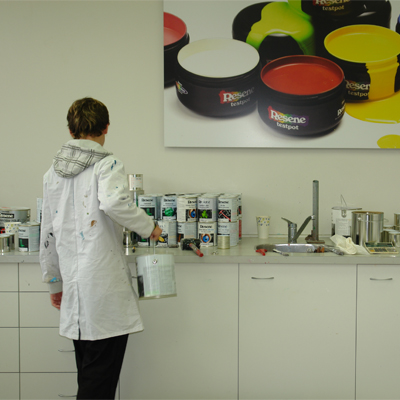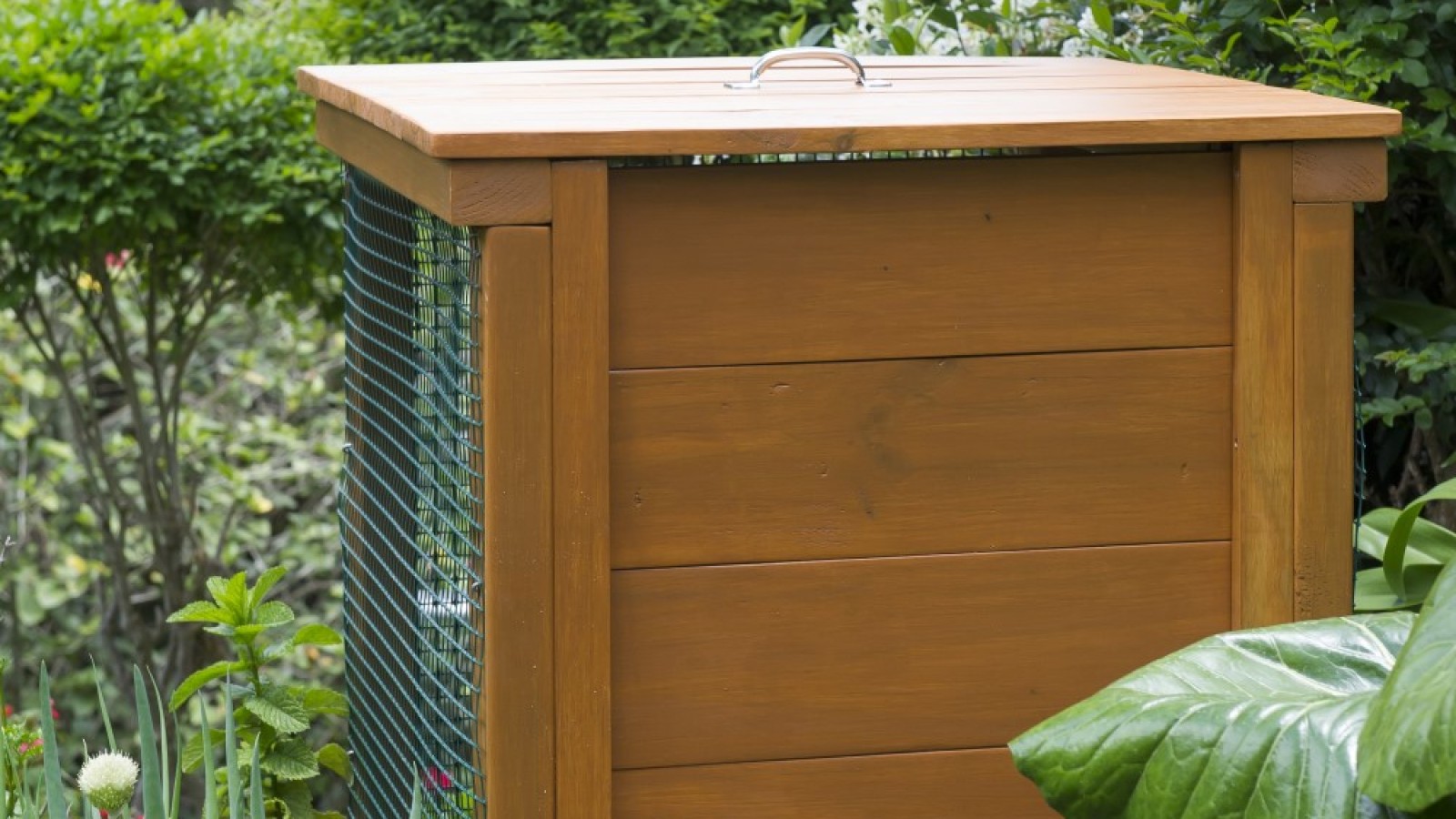For all of the efforts that we put into the maintenance and ongoing ‘greening’ of our paints, here at Resene we continue to be certain that the best contribution that we can make to the environment is to continue to strive to make our paints last longer. Pushing out the ‘time to first maintenance’ saves on raw material and energy use in the manufacture, distribution and application.
In taking this stance we declare our unashamed opposition to Mother Nature, who is continuously and implacably trying to bio-degrade all that we have created. So, when I was asked “Is your paint compostable?” I was brought up short and my first reaction was to reach for my Oxford Reference Dictionary to understand just what the question meant. Unlike ‘Bio-degradable’ which has the broad meaning of being able to be broken down by the elements and nature, ‘Compostable’ means material that can be similarly broken down but — critically — into species that are useful and beneficial to compost.
Contrary to what the manufacturers of so called ‘natural paints’ would have you believe, there are very few elements in modern paints that would be described as even moderately toxic and those which are necessarily present (such agents to protect the paint from bacterial attack) are present in trace quantities only. Environmental Choice criteria are not trivial and, additionally, the law of the land has rigorous labelling requirements.
However, even if we could make paint that was edible — and some of our colours do look rather tempting — paint is never going to be a material that could be put into the storm water system! Colour pollution, no matter how safe, is simply not acceptable. Similarly, I find bits of coloured waste turning up in my garden soil to be also unacceptable.
Our compost bin at home was situated very close to the house; indicative of an inherent laziness of not wanting to carry the compost bucket too far to empty it! It became rat-infested for the umpteenth time! This infestation was on a grand scale, resisting all of my usual techniques of extermination. When the rattus rattus hordes started occupying grottoes that they excavated under our concrete slab, I realised that I would have to move our bin — this was not my finest hour!
Amongst the beautiful rich compost lay dozens, even hundreds of those damned tiny labels that get stuck on a piece of fruit that stays still long enough. I anally picked every one of these apparently indestructible eyesores out as I deem such additions to our soil, even though they are bland, to be a no-no!
Some of the minerals used in paint, such as limestone, dolomite etc, if added to soil separately, could provide useful additions to the soil chemistry and improve texture — but that’s the rub — paint is a homogenous mixture of all its components, held together with polymeric resins. These are also accurately referred to as binders which, once dry, bind everything together — even soil and compost. Large, polymer-bound, aggregates are very slow to degrade. Pre-dilution of the paint with water would reduce the formation and cohesive strength of such aggregates but at the cost of increasing the volume of waste paint to deal with.
Not all binders are the same and, of those in common use today, waterborne alkyds (often referred to as ‘plant-based’ resins) are clearly the best candidate for compostability. These high molecular weight phthalates are, at their simplest, manufactured from a vegetable oil such as soya, glycerine (or some other polyol) and one of the isomers of phthalic acid. These can be degraded by both saponification in alkaline soils and by bacterial and fungal attack and probably yield some soil nutrient.
Most modern waterborne alkyds are much more complex than the simple model outlined above and may be modified, to improve their relatively modest durability, with substantial amounts of acrylic, styrene or urethane moieties which significantly affect the biodegradation.
So what is the best thing to do with unused paint? The answer is, in my opinion, blindingly obvious — use it! Put on another coat! Or, if you don’t have a wish to do so, perhaps you have a friend, neighbour or local charity who has an immediate need for a lick or two of paint. Let it do what it is designed to do rather than mouldering for years in a gently rusting can at the back of a garage cupboard or using your compost bin as a rubbish bin. By all means, retain a small, well labelled amount for possible future touch-ups.
If composting is the only option, and hopefully it involves just minor amounts, then my recommendation would be to dilute the paint about 1:1 with water and add an excess of an absorbent like ‘kitty litter’ such that a crumbly mixture results. After drying, this can be added to your compost or directly dug into your soil. Also remember that the empty containers can be recycled with Resene PaintWise (NZ) and Paintback (AU).
There is one major caveat with the foregoing. Although it is based on a reasonable knowledge of paint technology, your scribe has no knowledge of the biological intricacies that occur in a compost bin so a lot of it is conjecture, a degree of prejudice and a love of deep, black loamy soil.
It would be good to get some real research done in this area. I will look into the possibilities of the industry getting some funding to do just that — watch this space!




























 Most Popular
Most Popular Popular Products
Popular Products


